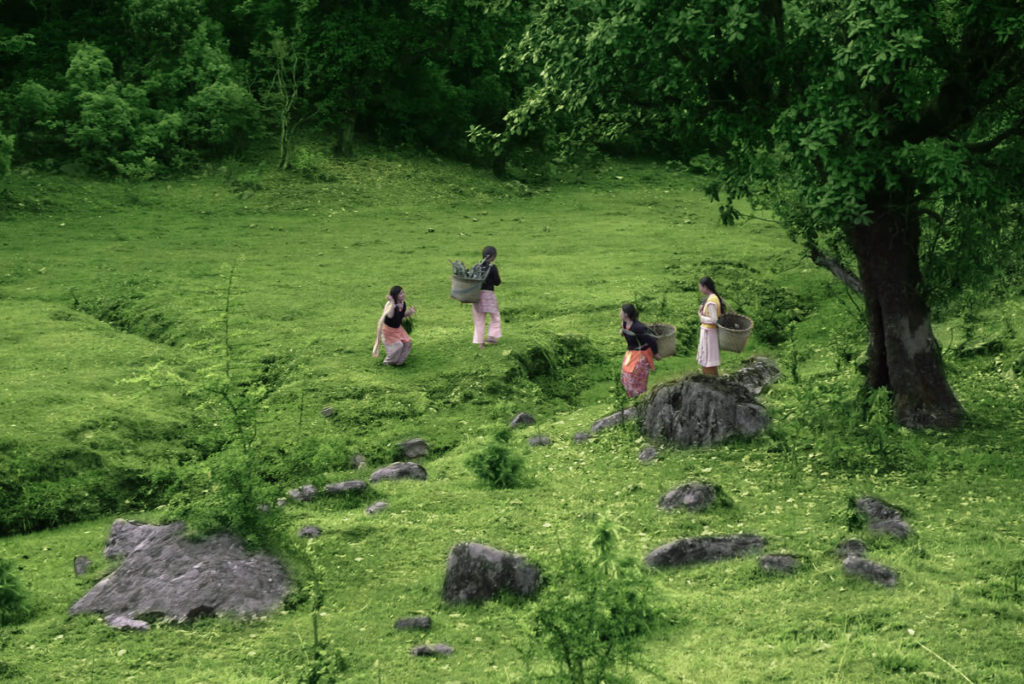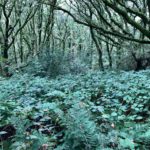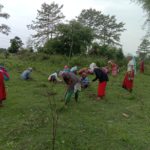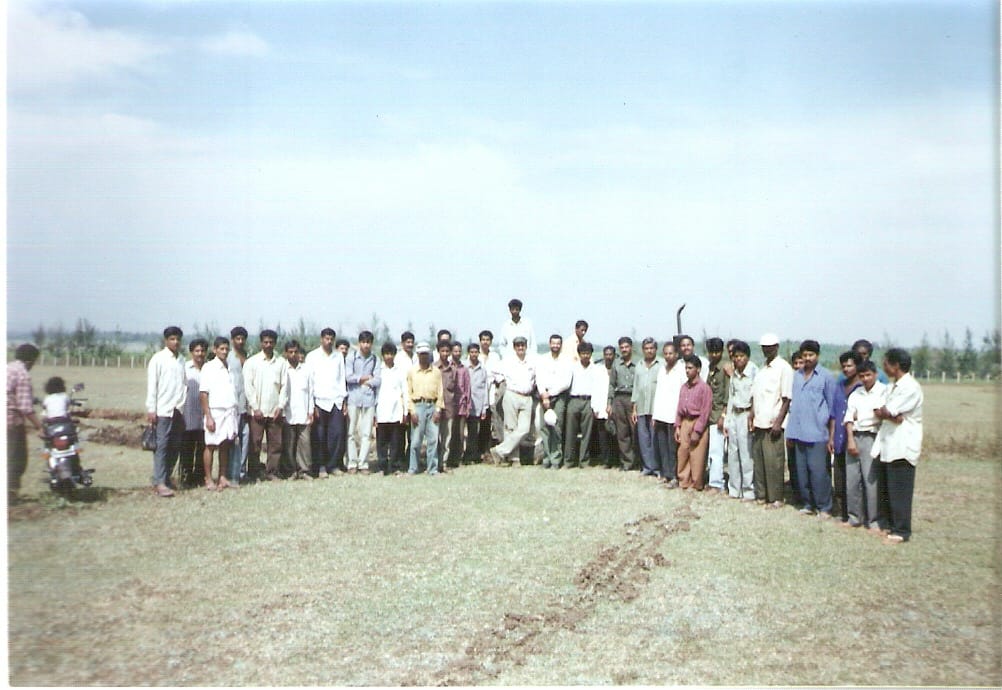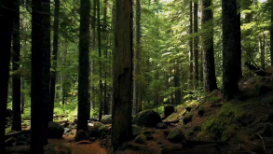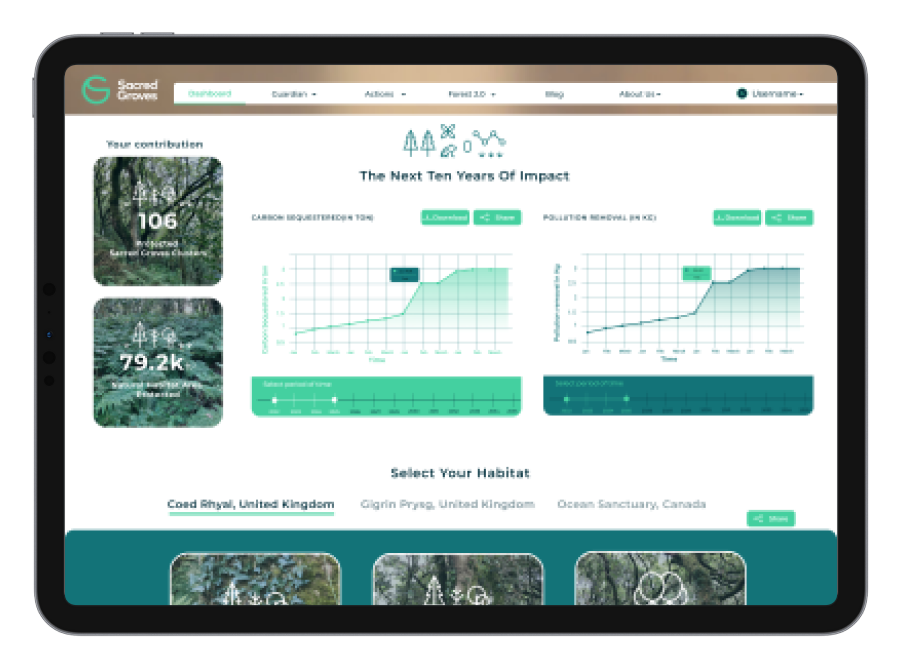Uttarakhand State in North India suffers from a growing number of environmental and natural disasters including landslides, forest fires and water crises. Kumaon Vani, a local radio station, has become a powerful platform to address community and climate issues…
Uttarakhand farmer Krishan Singh Bargaley used to have a hard time getting good prices for the apples he so painstakingly grew. Although they were juicy and sweet, they would invariably develop unpalatable looking pockmarks on the skin. The culprit? A bacterial disease called apple blister that would spread with every rainfall to new sites. Aid came in an unusual form — a community radio that launched in the Nainital district of the Indian state of Uttarakhand in 2010, Kumaon Vani (which translates as our radio, our voice). From a programme on radio, 61-year-old Bargaley learned that a traditional mix of lime and water known as Chuna can help in stopping the disease and revive his plants. “We used to travel a long distance to Pantnagar to meet experts, now those experts dispense advice on radio,” says Krishan Singh. “And I was able to rescue my apples from the disease.”
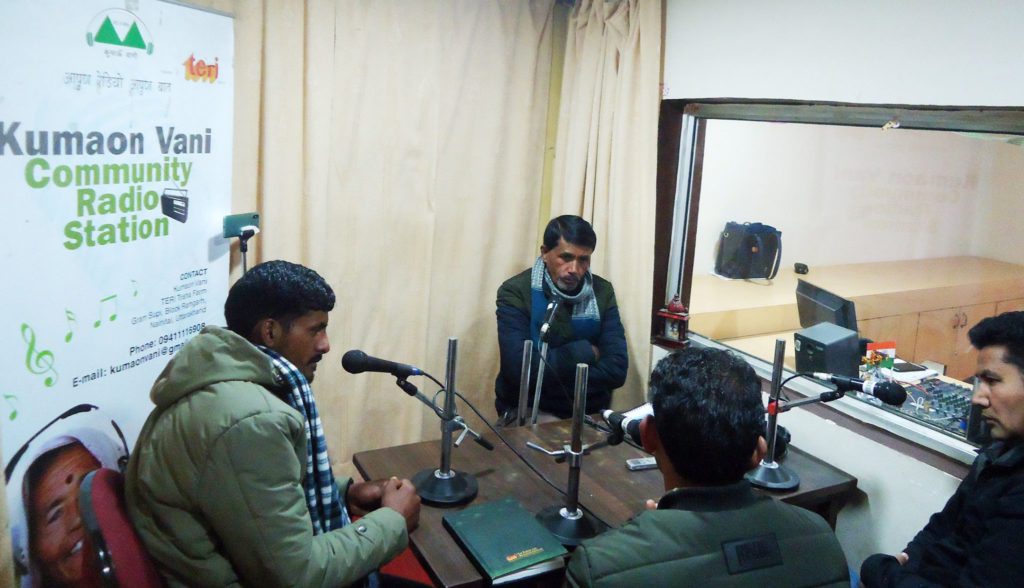
Like Bargaley, a large number of villagers of Uttarakhand tune into Kumaon Vani t at 90.4 Mhz with reception reaching 500 villages in the state. This radio station was set up by TERI (The Energy and Resources Institute) in 2010 at Nainital, Uttarakhand, to promote sustainable agriculture and spread awareness on climate change, environment, health, science, education, gender and culture among the local villagers. Funded by charity TRISHA, (TERI’s research initiative), the radio station airs a daily diet of climate news and weather forecasts and also warns the villagers about impending landslides, melting glaciers and government-issued alerts, according to Sumit Bansal, coordinator of the station.
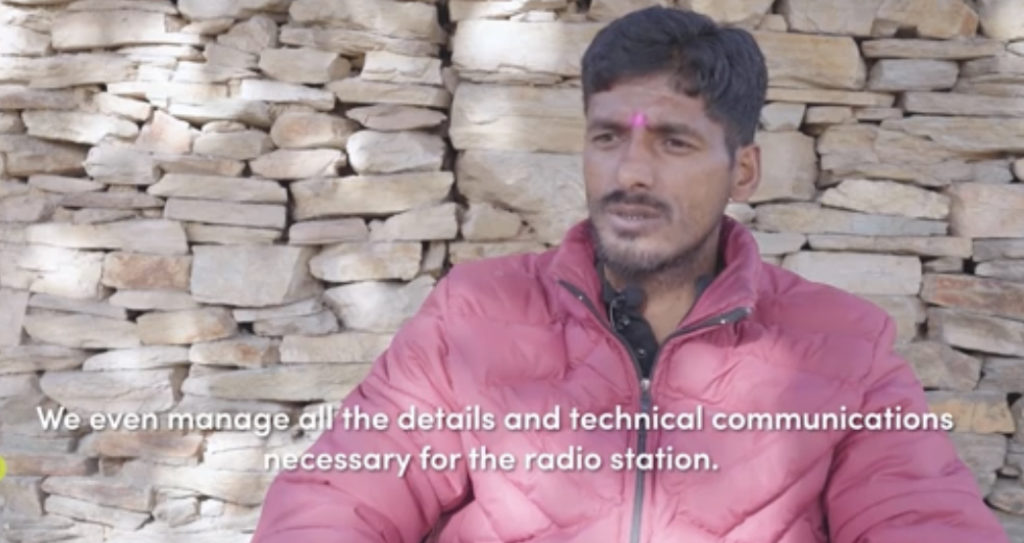
“We gather information from the villagers about the problems they are facing and tailor our shows to suit their needs by bringing in the necessary experts,” says Jitendra Raikwal, the radio station’s producer. Villagers are encouraged to phone in their farming-related problems. Experts provide solutions and offer advice to improve their livelihoods through sustainable agriculture, improved biodiversity and accessing government-run welfare schemes. Mohan Singh Karki, station manager at Kumaon Vani says: “The objective of this platform is to provide a solution to all the problems related to water, forest and land of these regions, people should immediately think about our radio for any problems that they face.”
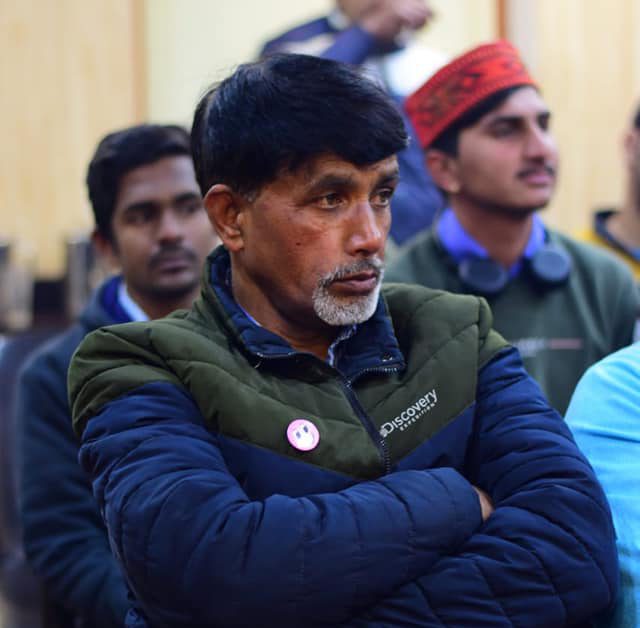
Kumaon Vani’s information-packed programmes, heard by as many as 200,000 listeners, have had some impact. After a program on the impact of using excessive pesticides and insecticides, many farmers switched to using natural pesticides and began to understand the side effects of chemicals on their health and for the environment. Uttarakhand is an ecologically sensitive area, because its hilly terrain and melting glaciers cause frequent landslides. Kumaon Vani is helping increase disaster preparedness among the community by airing tips on how to build homes on slopes. With limited access to television and newspapers, Kumaon Vani radio has also been a key source of news during the Coronavirus pandemic.
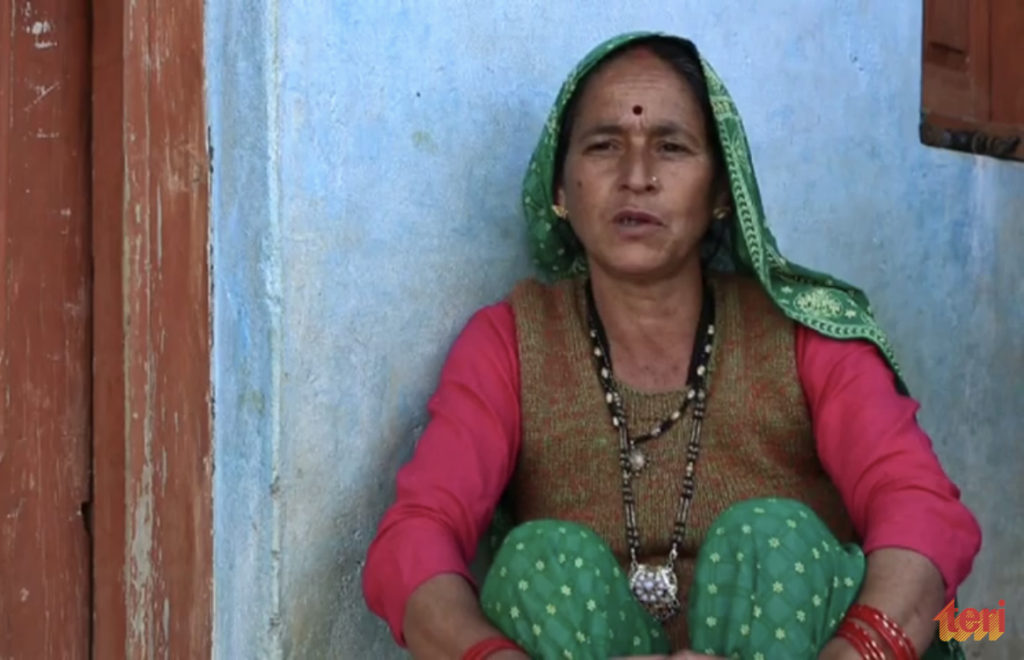
There are limitations to the use of broadcast radio in hilly regions such as the Himalaya. Because of a low transmitter power of 100 watts, the radio is unable to reach villages in the valleys. Frequent power cuts sometimes interrupt the radio broadcast. Yet it has been successful in creating a sense of community among villagers living in isolated, media dark villages.
On a typical day last month, Ganga Singh Bisht from Prabada village called in, asking for the selling price of crops in the local market (Mandi). Minutes later, Khushhal Singh from Sunkiya village called in just to appreciate how relevant the programme is to his life. “I rely on Kumaon Vani for farming related advice and weather updates,” says Munni Devi, a farmer from Nainital. “It’s become a friend in need for me.”
Author: Kavitha Yarlagadda, The India Story Agency for Sacred Groves
Images Credit: Uttarakhand banner image – Anurag Agnihotri/ Wikimedia Commons, Kumaon Vani
(Wikimedia License – https://creativecommons.org/licenses/by-sa/4.0/legalcode)
Did you enjoy this article?
Share with friends to inspire positive action.
